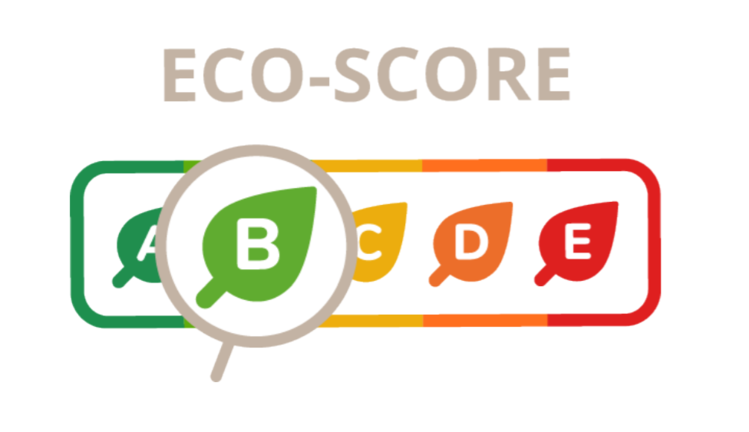Ecoscore and Precision farming, hand in hand for food sustainability
Eco-Score and Precision farming, hand in hand for food sustainability
Even if you are not too versed in politics, you may have heard of the long-lasting CAP negotiations. You may not be fully aware of what’s in the CAP, but you surely have heard of the Farm 2 Fork Strategy and some of its measures targeting both food consumers and producers. In a word, time is bringing some policy changes in the agri-food status-quo and we will see later in this column how precision farming has a lot to contribute to the new food policy objectives.
What is precision farming?
We refer to precision farming when a certain technology is involved in the farming process that helps the farmer controlling its inputs and monitoring its outputs to an optimum. For instance, the soil scanning and mapping imply a set of sensors and readers that will generate a colour-coded map of the field which represents the areas where the action is needed.
The data represented can be adjusted to the needs. For instance, where should fertilizers be applied in priority, where should water be spread to maintain the best humidity level, etc.

It is then easy to take the appropriate action and the benefits are obvious: the farmer will only use the resources which are strictly necessary to obtain an optimized production. Also, the working hours are consequently limited. (if you don’t need to spray the whole field, you will save time).
The sensor technology does not only apply in the fields but it can be adapted to the orchards, to the livestock and other animal production such as dairy for instance. Sensors are then used to monitor animal health and alert the farmer when preventive veterinary care is needed, thus reducing the mortality rate and improving animal welfare.
There is more. This technology generates data. This data represents the amount and type of resources that were used to obtain a certain production. This data is the identification certificate of the product. It can be used to improve the transparency and traceability of the food production chain.
Compliance with the new EU food policy
This is no secret: the new measures to be found in the farm 2 fork strategy are in favour of a better consideration of the environmental footprint: reduction in pesticide use, reduction in fertilizers use, a larger share of organic farming, animal welfare considerations. Farmers and member states are all onboard to shape what will be the new course of the EU food production: a more sustainable production system that ensures quality supply and fair revenues. That’s for the general direction, but the F2F alone is composed of a variety of concrete measures, which are each composed of diverse actions that can have a visible impact on everyday life. We have seen that precision farming, thanks to the support it provides to the farmer in controlling the use of the resources, is already a step towards a more sustainable food production. With the use of precision farming, farmers and member states can already take significant steps to address several actions: use of pesticide (action 4), animal welfare (action 7 & 8), use of data for uptake of sustainable farming (action 9), transparency (action 11).
The Eco-Score and what’s behind the label
Now that we are familiar with both precision farming and the long term EU food & farm policy, let’s zoom in on an upcoming and impactful measure in preparation: the Eco-score. It’s different from the Nutri-Score. The Eco-Score does not address the nutrition facts, it addresses the ecological footprint of food. Databases of products already exist, containing information about the production process, the origin of products, the transport, the packaging, etc… Quite a complicated calculation as you can imagine. Of course, to agree on a fair calculation method is a matter of policy debates that one can imagine heated. However, we observe that supermarkets are already seizing the movement: they elaborated front pack labels referring to the ecological footprint of some products (it is visible at LIDL for instance). The customers that we are will be already familiarized with this labelling and time will tell if it is proven accurate and successful, but this is another debate. The bigger picture is this: the Eco-Score for food products will happen, it’s only a matter of years. Precision farming allows farmers to save resources and products to be traced at an early production stage. My personal opinion is that a strong and logical connection already exists between Eco-Score and precision farming. The trend is here. In your opinion which of these two is the strongest support to the other?

Where Nutri-Score calculates the nutritional value of a product, a new front-of-pack label in France is measuring the environmental impact of food. (source: First Nutri-Score for nutrition, now Eco-Score for the environment: New FOP lands in France)


